Abstraction in All its Permutations
A new and visually arresting exhibit at the Bruce Museum in Greenwich displays key works of abstract art, which had its heyday after World War II and has continued to influence generations of artists seeking to convey ideas and emotions through non-representational means. The exhibit, “Tracing Lineage: Abstraction and its Aftermath,” is at the Bruce until March 17.
Early in the 20th century, pioneers of Abstraction, such as Wassily Kandinsky and Kazimir Malevich, played pivotal roles in breaking away from traditional artistic norms. Abstract Expressionism gained prominence in the mid-20th century with the arrival of Jackson Pollock, Willem de Kooning, and Mark Rothko.
Drawn from the Museum’s holdings and key loans from private collections, “Tracing Lineage” brings together nearly 25 paintings, sculptures, and mixed media works by artists working from the late 1950s to the present day. The exhibition was organized by Margarita Karasoulas, Curator of Art, with assistance from Adria Gunter, Curatorial Research Associate
The exhibit focuses on what followed Abstraction – Color Field Art, Action Painting, Geometric Abstraction, Minimalism, and Post-Minimalism – displaying works dating between 1958 and 2023 by two-dozen artists. There are artists associated with each of those movements, but some categorizations overlap or are debatable.
One of the significant offshoots of Abstract Expressionism was Action Painting, a style that emphasized the physical act of painting as an essential part of the artistic process. Action Painting employed techniques such as dripping, pouring, and splattering paint onto the canvas. The emphasis on spontaneity and the physicality of the artistic gesture contributed to a sense of immediacy and raw emotion in the artworks. Works by Elaine de Kooning, Joan Snyder, and Ed Clark are perfect expressions of the movement.
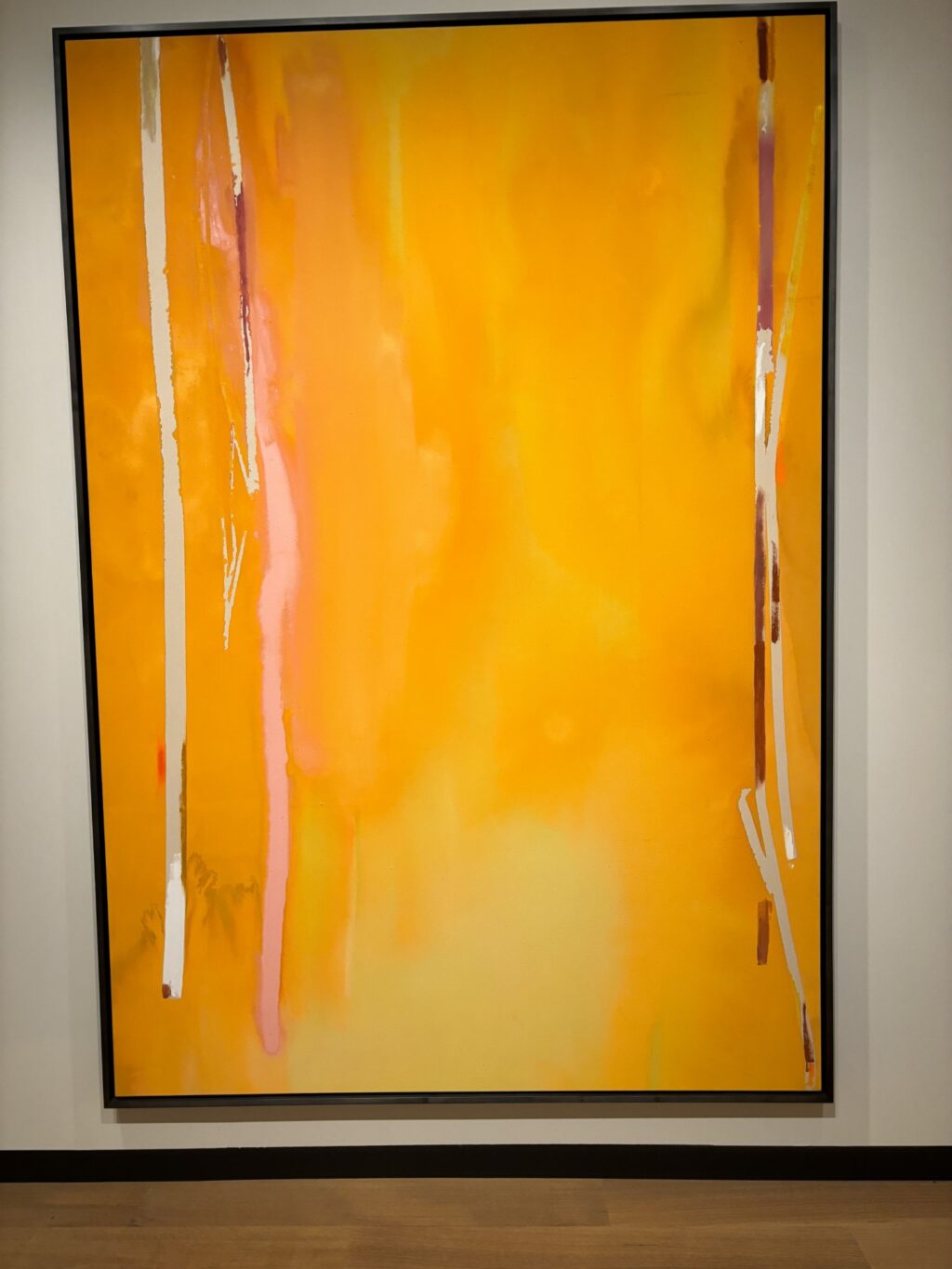
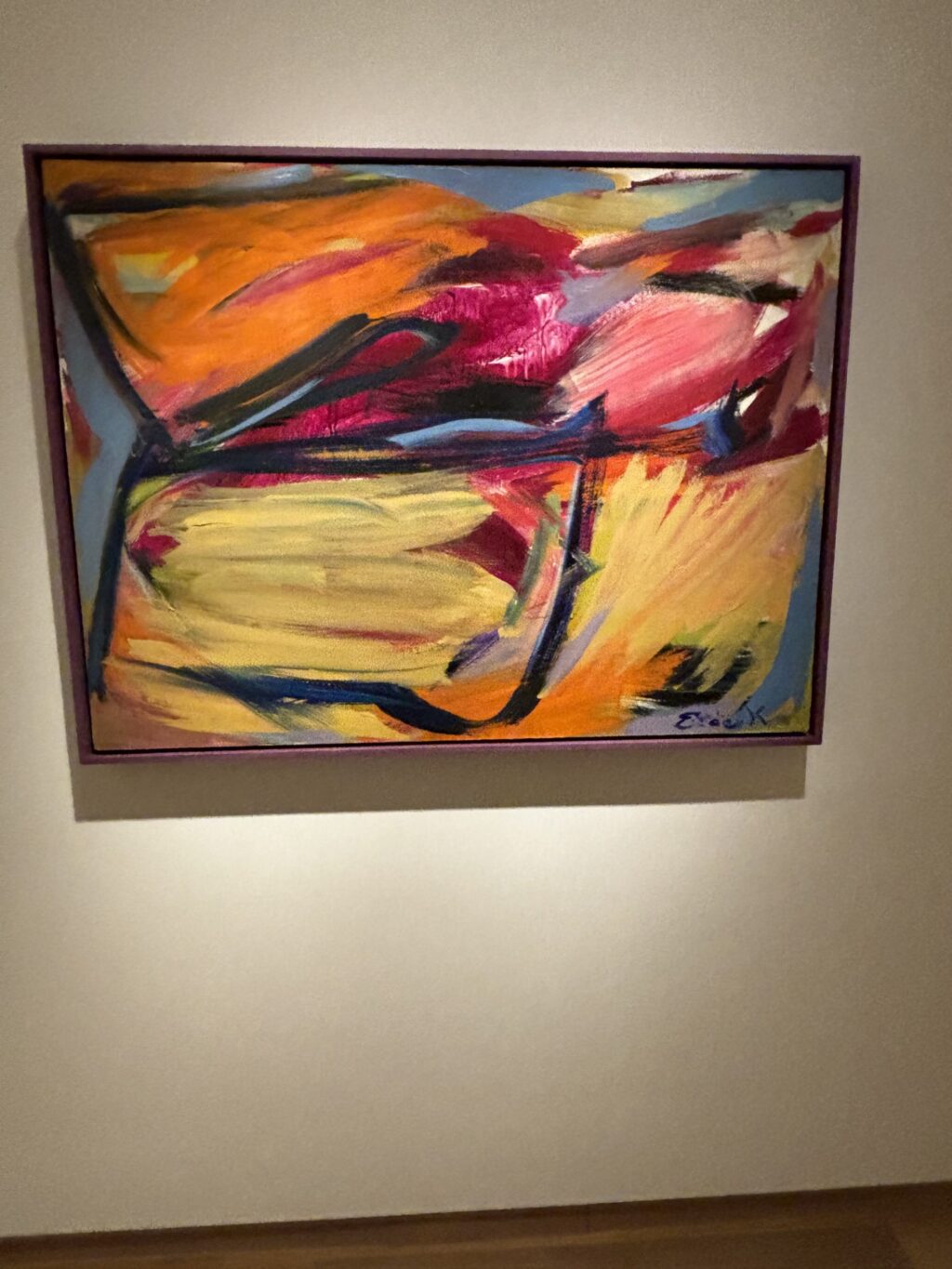
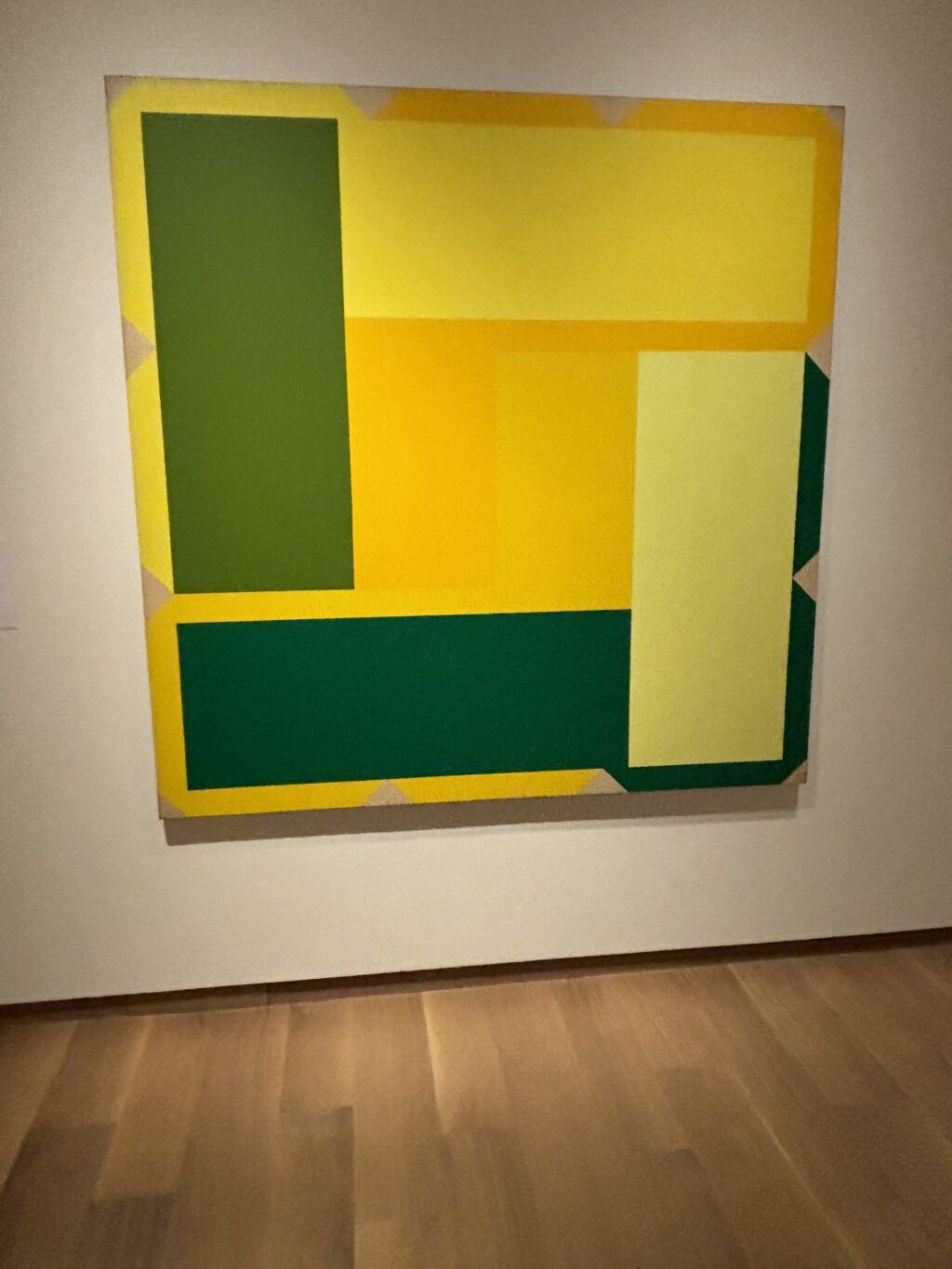
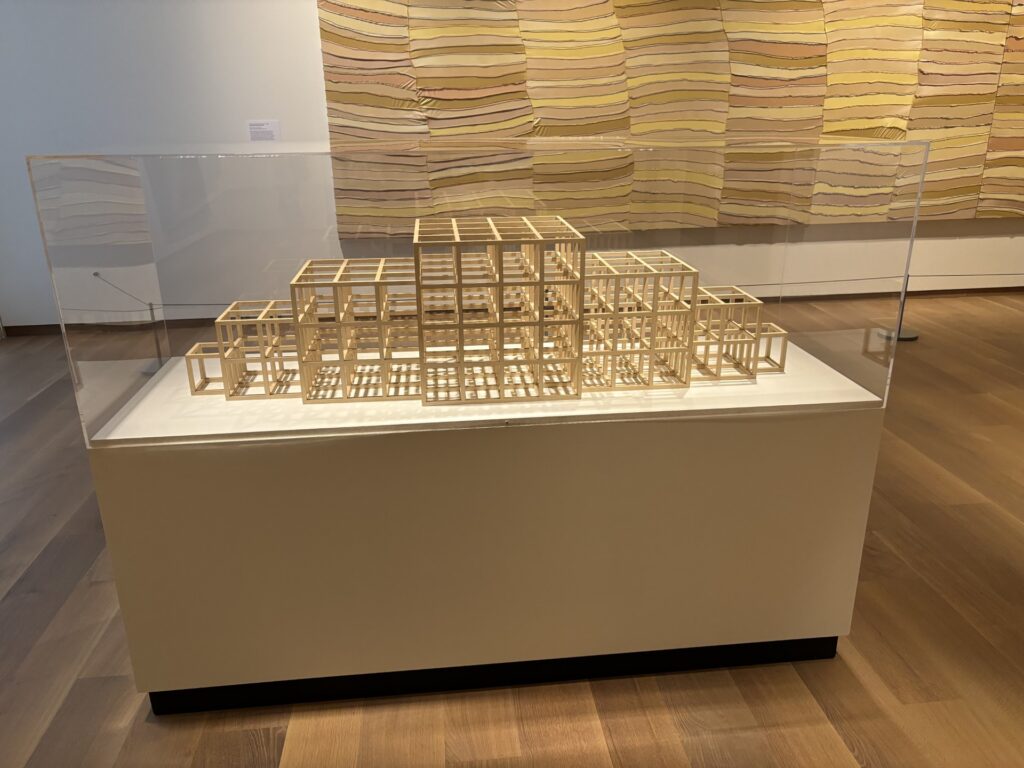
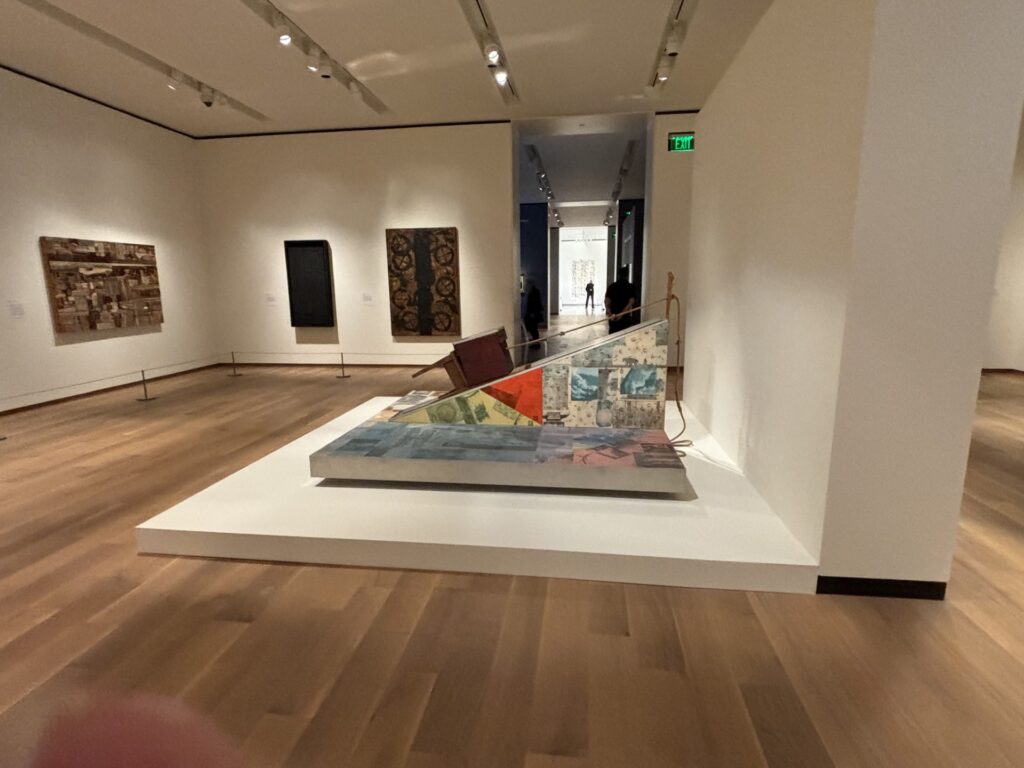
There are several examples of Color Field painting, whose large expanses of color on vast canvases aim to create immersive experiences for viewers. Artists often seek to evoke emotional responses through the careful arrangement of color, relying on the viewer’s subjective experience to complete the artwork. Here we see work by Helen Frankenthaler, Theodore Stamos, Ron Gorchov, Kenneth Victor Young, Pat Steir, and Anthony Akinbola.
Geometric Abstraction favors a universal language of shapes and colors, seeking a purity of form. Works by Mildred Thompson, Torkwase Dyson, Sol LeWitt, and Ralph Iwamoto are fine examples.
The 1960s witnessed the rise of Minimalism, a movement characterized by simplicity, repetition, and an emphasis on industrial materials and geometric shapes to create sleek and visually austere compositions. Minimalism represented a departure from the emotional intensity of Abstract Expressionism, focusing instead on the inherent qualities of the materials used and the relationships between forms. Works by Stanley Whitney and McArthur Binion are examples.
Post-Minimalism was a response to the perceived limitations of Minimalism, incorporating unconventional materials and exploring more subjective, process-oriented approaches. Those works blurred the lines between traditional artistic categories, incorporating elements of sculpture, installation, and performance art. Here we see works by Diana Al-Hadid, Lynda Benglis, Hugo McCloud, and Rashid Johnson.
Each of those movements represents a unique response to the cultural climate of its time, pushing the boundaries of what art could be. Most of the works are paintings, but others are sculptures, like Sol LeWitt’s.
The exhibit’s largest work, Robert Rauschenberg’s Greyhound Nightmare (1981) does not fit into any of those categories. I see it as a “Combine,” a term he invented to describe works that blur the line between painting and sculpture and incorporate everyday objects. In Greyhound Nightmare, some of materials he includes are solvent transfer, fabric collage, acrylic, and mirrored panel on wood support with box, stool, rope, tin can, glass jar, and double-handed paddle on casters.
The Bruce is open Tuesday through Sunday from 10-5. Admission is free every day for members, and free on Tuesdays for non-members. For up-to-date information, go to brucemuseum.org or call 203-869-0376.















